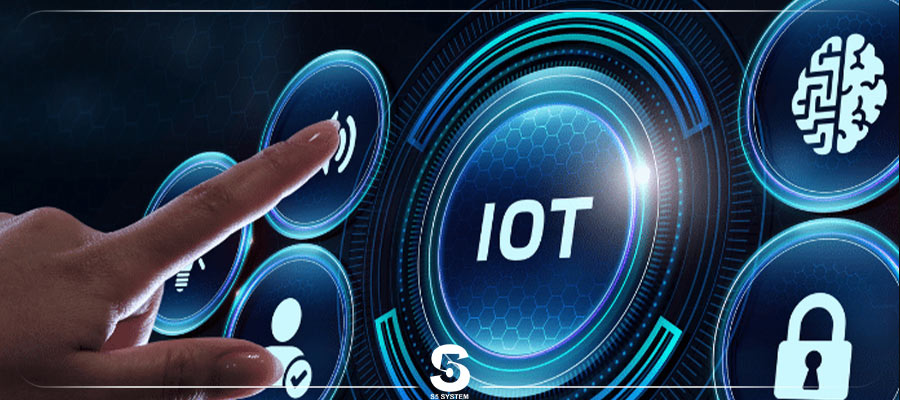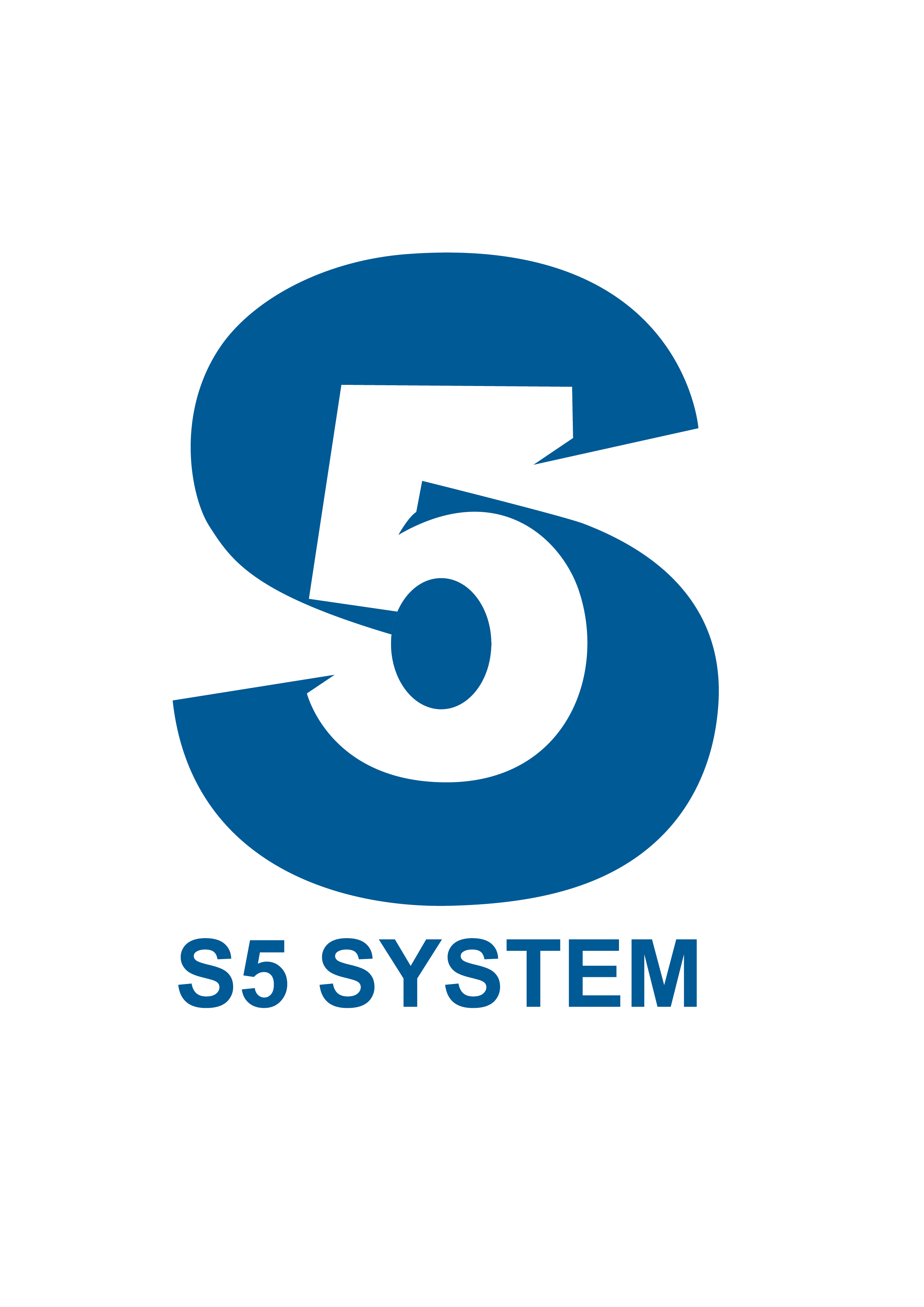Four factors that could influence the growth of IoT
The ever-growing numbers of hi-tech devices and their constant evolution is a depiction of how much we depend on them in our day-to-day lives. From washing clothes to keeping our food fresh, to keeping our house secure, we need a host of different devices to achieve our means. In fact, everything we wish to do from the moment we wake up to the time we go to bed, we are using one or the other device.
However, most of them are stand-alone, and if only they can communicate with each other, it would make our jobs much easier. For that to happen, there needs to be a platform on which the devices can connect directly, and that’s what we call IoT (Internet of Things). The network enables various gadgets, vehicles, etc., that are embedded with chipsets, sensors, software, and other networking components to exchange information with each other.
In last few years, the network has already seen billions of devices getting connected to it, and the number is set to increase many folds in the coming years. The sheer size of the network could have an enormous impact on the way we travel, work and live.
IoT would drive the businesses towards the era of the digital enterprise. It means companies won’t be competing merely based on their products and services, but on the automated service layer on which those products and services are wrapped in.
Almost all sectors such as healthcare, travel, and even agriculture would be impacted by the growing ability of the devices to connect with each other and control their environments. It would also lead to innovative changes in the infrastructure that companies depend on.
Also, it has been estimated that trillions would be spent on IoT solutions over the span of next few years. Moreover, various other factors could influence the growth of IoT, and are discussed below:

Composite Environment
As the number of devices getting connected on the IoT keeps growing, new regulations and prescriptions for new standards from competent authorities would ensure the IoT is able to deliver the benefit of collective experience. The standardization of the evolving devices and their development mechanisms would be necessary when it comes to maintaining seamless interoperability between different devices and components from various makers.
As each company looks to have its share of the IoT pie, it could also help in finding the timely and appropriate solutions to the challenges faced by the stakeholders associated with the IoT landscape.
Improved Quality & Quantity
Businesses across the globe have identified the huge potential of IoT, and have already started to earmark substantial funds to fuel its growth. As big players get involved in the production and development of various IoT components, both the quantity and quality of sensors, chipsets, and other modules are bound to improve. Also, the specifications of these components in conformance to various standards would also have a major role to play in improving the overall experience for the end users.
Decreased Cost
As per the industry predictions, the demand for smart devices and tools that can communicate with each other on their own is said to increase many folds in the near future. To keep up with the demand, considerable investments from both government and private sector enterprises could eventually lead to significant increase in the production capacities of basic IoT components. Keeping with the economies of scale, the massive demand and supply correlation could bring down the cost of the global IoT infrastructure.
The growing competition among manufacturers could also contribute towards affordability of currently expensive IoT devices such as smart cars, high-end sensors, smart entertainment sets, etc.,

Ample Connectivity
The Internet of Things based on cloud model will make a massive difference in the way business is carried out. As anyone can access the cloud from anywhere, companies and individuals connected to the IoT could have ubiquitous access to the inter-communicating devices from any corner of the globe. The scenario is ideal for flexible cloud-based IoT solutions to proliferate, which would offer connectivity at multiple levels and make it necessary for their quick adoption.
Moreover, the rapidly increasing influence of Big Data technologies has revolutionized the utility of data. The steady stream of data derived from contextual sensors could have a significant impact on both the business and daily life.
The IoT would also be a critical factor when it comes to making the required changes to keep the commercial and private activities thriving in the long term. Be it predicting risks or creating the corresponding preventive methods through machine learning, IoT has a crucial role to play in boosting customer experience and enhancing the overall quality of life in the future.


